Phong Tho is a mountainous, border district with 16 communes and 1 town, of which 12 communes are in extremely difficult situations. The whole district has more than 80,000 people, with 9 ethnic groups living together; the Dao and Mong ethnic groups account for more than 60%, followed by the Thai, Ha Nhi, Kinh, etc. With its multi-ethnic characteristics, fragmented terrain, difficult transportation, harsh climate and limited socio -economic conditions, children here face numerous difficulties in accessing education.
Therefore, Phong Tho district has identified early on that improving the qualityof education – especially at preschool and primary levels – is the foundation for developing local human resources. In particular, enhancing Vietnamese language for ethnic minority children is considered an urgent and decisive task. This is not only a tool to help children study better, but also a bridge for them to integrate into society and expand their opportunities to advance.
Since 2016, the district has seriously implemented the Project to enhance Vietnamese language for preschool children and primary school students in ethnic minority areas for the period 2016-2020, with a vision to 2025, combined with the Project to develop preschool education for the period 2018-2025. The two projects aim to build a safe and friendly learning environment, supporting children to develop comprehensively in terms of physical, intellectual and language skills.
According to Ms. Mai Thi Hong Sim - Vice Chairman of Phong Tho District People's Committee, to improve the effectiveness of the project implementation, the district has focused on mobilizing many resources to invest in facilities and teaching equipment suitable to the actual conditions of each school, especially in extremely difficult communes. As of 2024, the entire district has invested in repairing and building 239 new classrooms for preschool and primary schools, with a total cost of nearly 35.9 billion VND. In addition, the district also added 13 sets of minimum teaching equipment and supplies, with a total value of over 21.4 billion VND. From having to study in makeshift bamboo classrooms, up to now, most Phong Tho children have been studying in solid classrooms with tiled floors, heat-resistant corrugated iron roofs, spacious and safe.
Inauguration of the classroom building of Tung Qua Lin Primary and Secondary School for Ethnic Minorities.
The district currently has 1,249 classrooms, including 838 solid classrooms, 366 semi-solid classrooms and only 45 temporary classrooms. The rate of solid and semi-solid classrooms is about 75% at preschool level and over 85% at primary level. These are telling numbers, showing the determination of the Party Committee and the government of Phong Tho district in building a modern and synchronous school system to meet the requirements of educational innovation.
In the field of preschool education, the district currently has 350 classrooms, including 224 solid classrooms and 126 semi-solid classrooms. The minimum number of toy equipment sets is 177, with 17/17 schools having their own libraries. At the primary level, there are a total of 586 classrooms (325 solid classrooms, 261 semi-solid classrooms), 20/20 schools have qualified kitchens, 18/18 schools have libraries (of which 9 meet standards). The system of equipment and learning materials is increasingly more complete, contributing to supporting teachers in improving the quality of teaching, especially in organizing activities to enhance Vietnamese language.
Despite many positive results, the implementation of projects in Phong Tho still faces many difficulties. The fragmented terrain makes it difficult to transport materials and equipment to remote schools. Although there is investment funding, it is not enough to meet the needs of expanding schools, many remote schools still lack classrooms and basic learning equipment. In addition, harsh climate conditions cause rapid deterioration of facilities, while maintenance and repair work is not timely. Some primary schools still lack standard libraries, and a large proportion of equipment is incomplete. These limitations significantly affect the organization of educational activities, especially activities to enhance Vietnamese language - a key factor in improving the quality of learning for ethnic minority children.
To continue improving the effectiveness of project implementation, Phong Tho district is focusing on reviewing and assessing the current status of facilities and equipment at each school, thereby developing an investment plan, prioritizing the solidification of preschool and primary school classrooms. At the same time, the district is promoting the mobilization of social resources, closely coordinating with socio -political organizations and unions in mobilizing support for facilities and learning materials. Encouraging models of learning communities, friendly classrooms, and flexible teaching are also promoted to adapt to highland conditions.
Not only stopping at infrastructure, Phong Tho also focuses on improving the capacity of the teaching staff, enhancing professional training and skills in teaching Vietnamese as a second language for teachers of ethnic minority children. Because after all, people are the decisive factor for the success of any educational policy.
From the implementation in Phong Tho district, it can be seen that the effectiveness of the educational projects lies not only in the number of newly built classrooms and additional equipment, but more importantly, in the opportunity for thousands of children in the highlands to access a safe, quality and friendly learning environment. This is an important first step to create a foundation for sustainable development for the locality, gradually narrowing the educational gap between regions, contributing to the successful implementation of the goal of building a learning, equitable and progressive society.
Source: https://baolaichau.vn/xa-hoi/giup-hoc-sinh-vung-cao-tiep-can-moi-truong-hoc-tap-an-toan-1288871


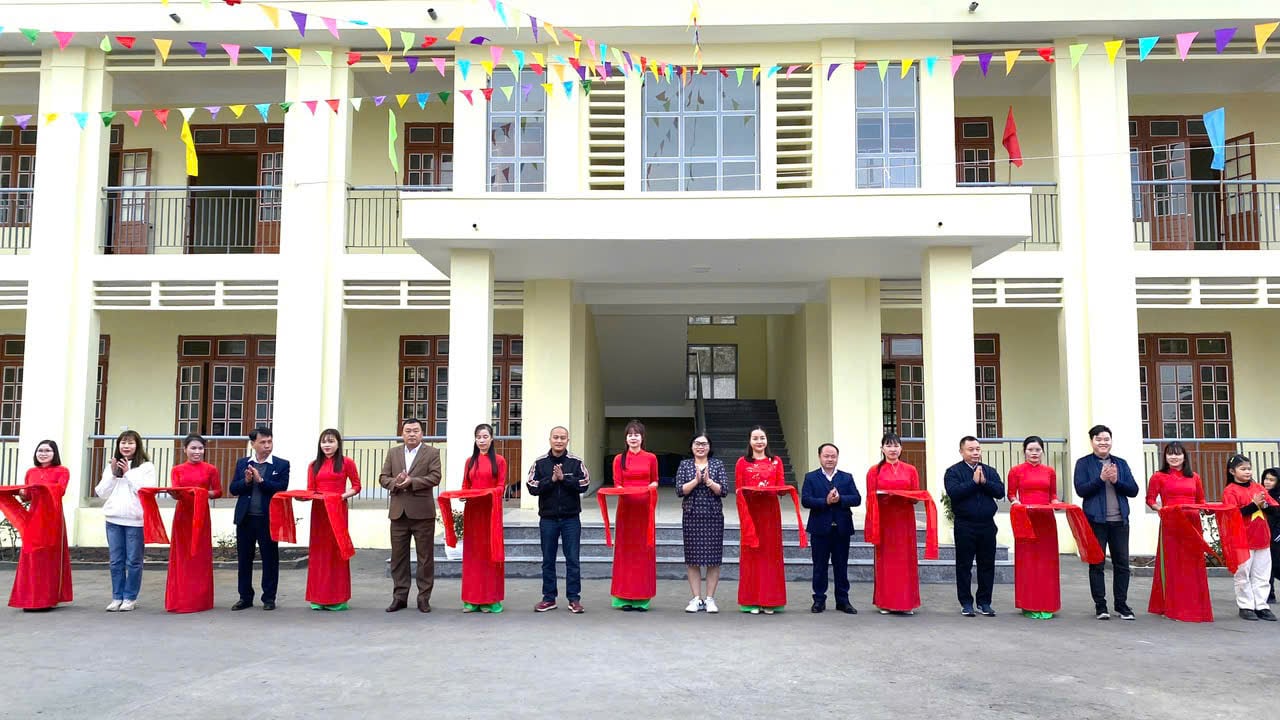




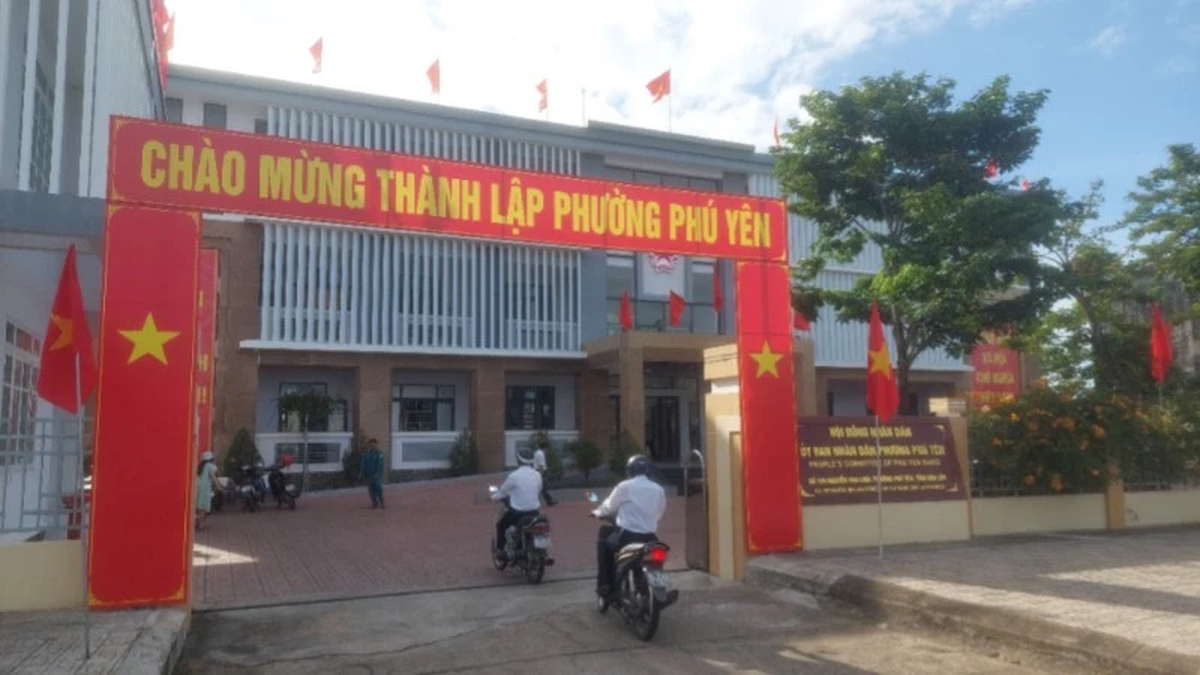
![[Photo] National Assembly Chairman visits Vi Thuy Commune Public Administration Service Center](https://vphoto.vietnam.vn/thumb/1200x675/vietnam/resource/IMAGE/2025/7/1/d170a5e8cb374ebcae8bf6f7047372b9)
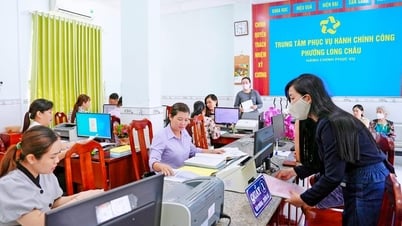



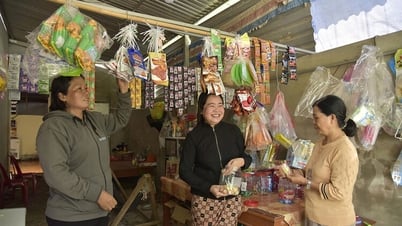

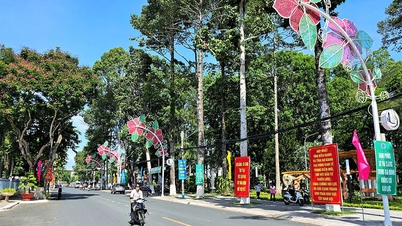
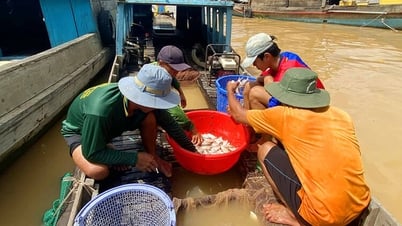
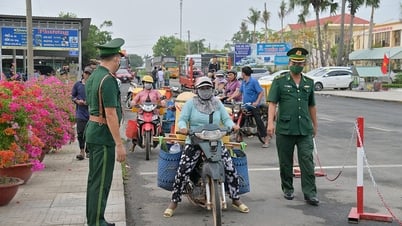





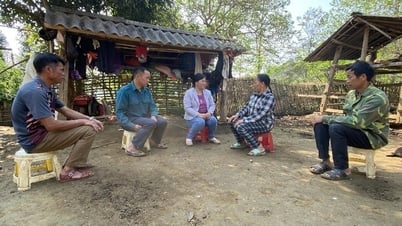

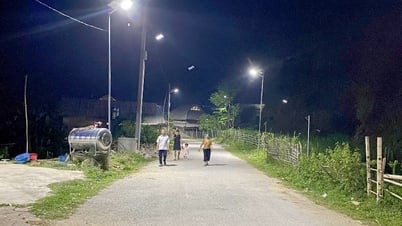
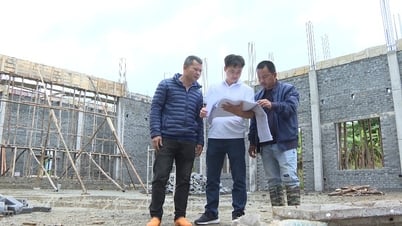
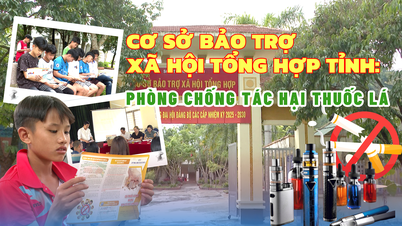
![[Photo] Standing member of the Secretariat Tran Cam Tu chaired a meeting with Party committees, offices, Party committees, agencies and Central organizations.](https://vphoto.vietnam.vn/thumb/1200x675/vietnam/resource/IMAGE/2025/7/1/b8922706fa384bbdadd4513b68879951)
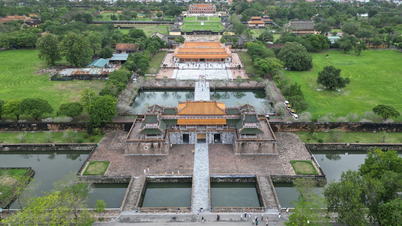



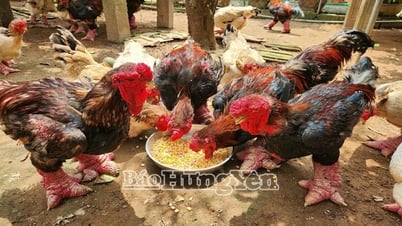

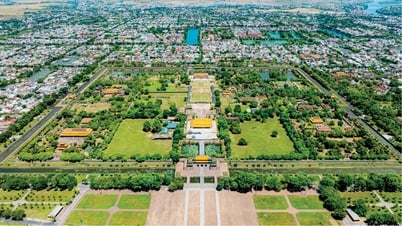



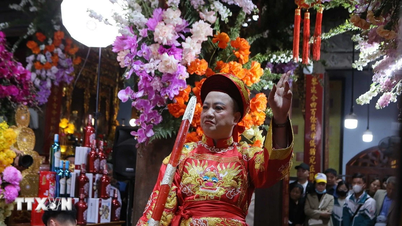
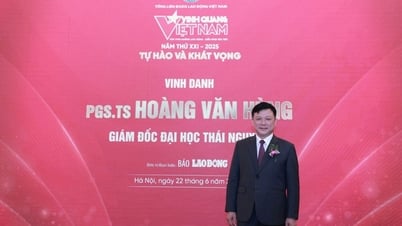





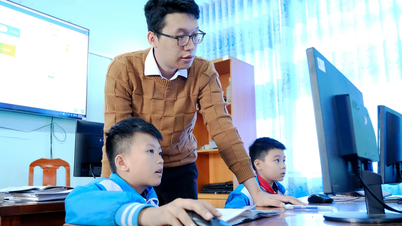

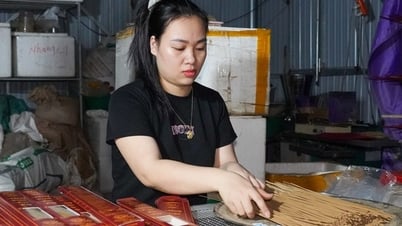





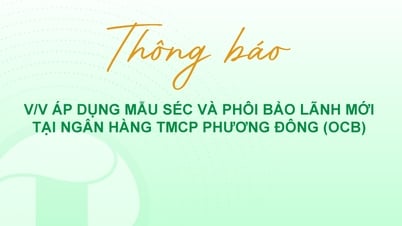
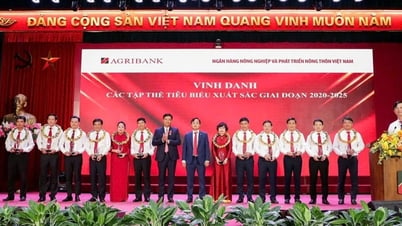


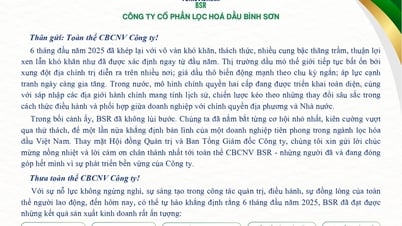

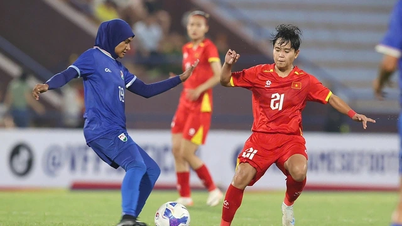



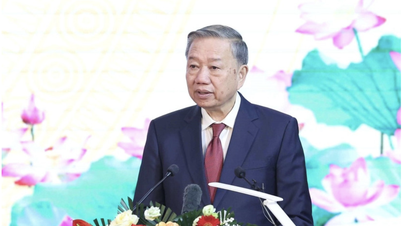

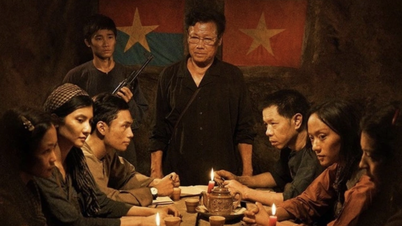
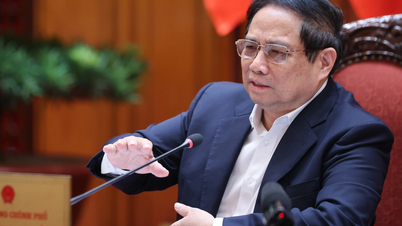
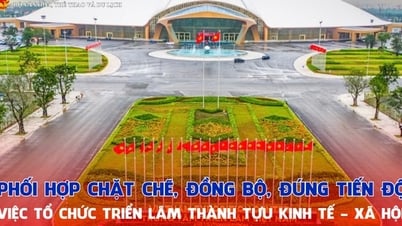

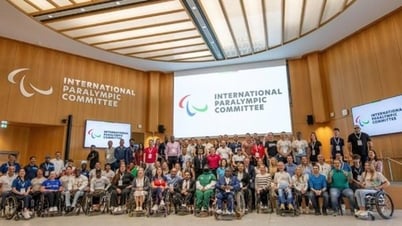
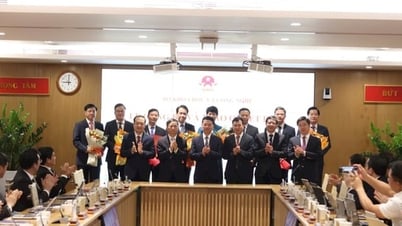

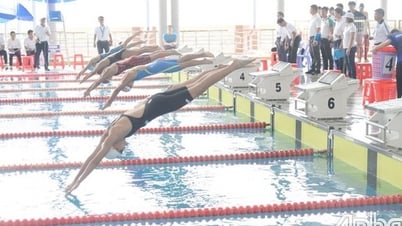

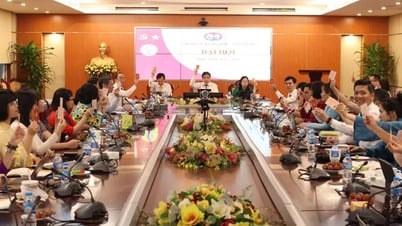


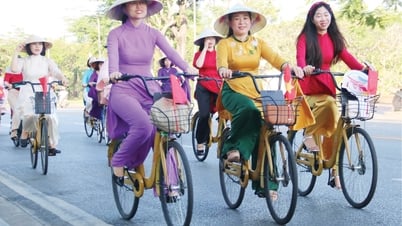
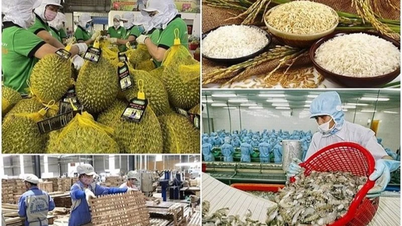

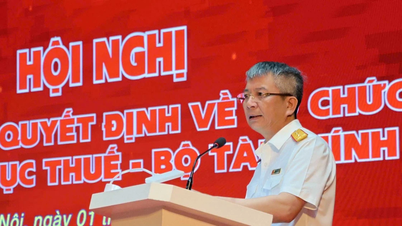
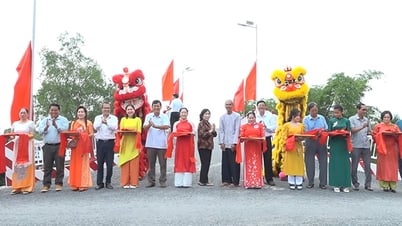



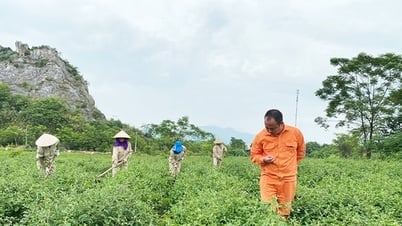








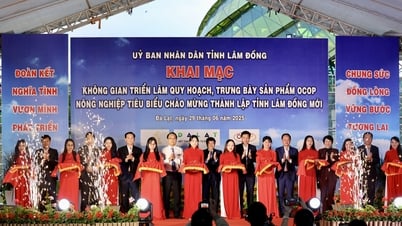




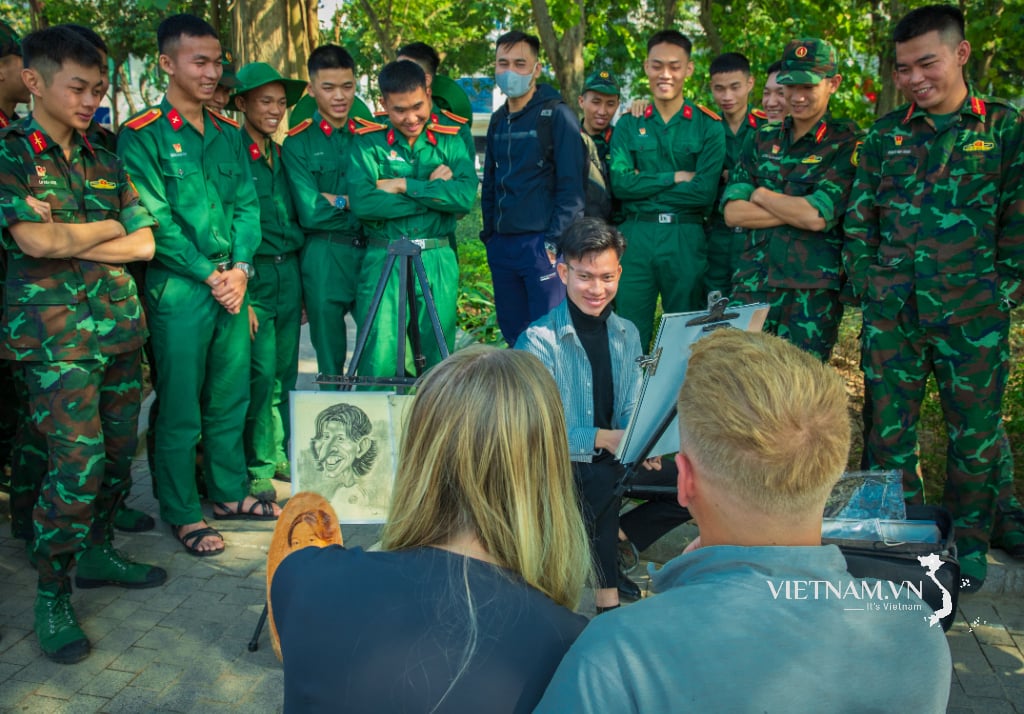

Comment (0)